The 1960s brought us a golden age of cinema filled with memorable performances and stars whose names lit up marquees around the world. But for some actors, the spotlight faded almost as quickly as it arrived. Whether due to personal decisions, typecasting, or the fickle nature of Hollywood, these once-prominent names quietly drifted out of the limelight after their defining moments on the big screen. Let’s take a nostalgic look at 13 movie stars from the ’60s who seemed poised for greatness but stepped away or disappeared after their big break.
1. Sue Lyon
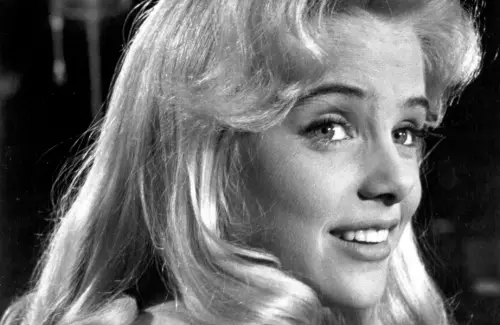
Sue Lyon captured hearts and controversy in equal measure with her breakout role as Lolita in Stanley Kubrick’s 1962 adaptation of Vladimir Nabokov’s novel. At just 14, she portrayed the provocative title character with a mix of innocence and allure that made her a star overnight. Her performance earned her a Golden Globe for Most Promising Newcomer, and her future in Hollywood seemed bright.
Despite a few more roles in films like The Night of the Iguana and Tony Rome, Sue’s career never reached the same heights. Struggles with typecasting and the weight of her early fame took a toll, and she retired from acting in the early 1980s. For those who saw her in Lolita, Sue remains a symbol of the era’s complex and often fraught relationship with fame and youth.
2. Jean Seberg
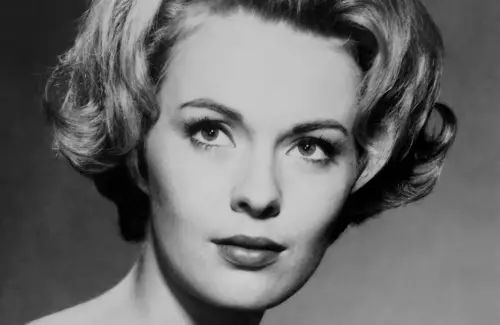
Jean Seberg became an icon of the French New Wave after starring in Jean-Luc Godard’s Breathless in 1960. Her pixie haircut and effortless style made her a trendsetter, and she seemed destined to dominate both European and American cinema. Jean’s earlier work, including Saint Joan and Bonjour Tristesse, hinted at her talent, but it was her performance in Breathless that cemented her place in film history.
However, her career was marred by personal and political struggles. Jean became a target of FBI surveillance due to her support for civil rights causes, and the constant scrutiny affected her mental health. By the late ’70s, she had largely retreated from acting, and her tragic death in 1979 marked the end of a career that had once seemed limitless.
3. Peter Fonda
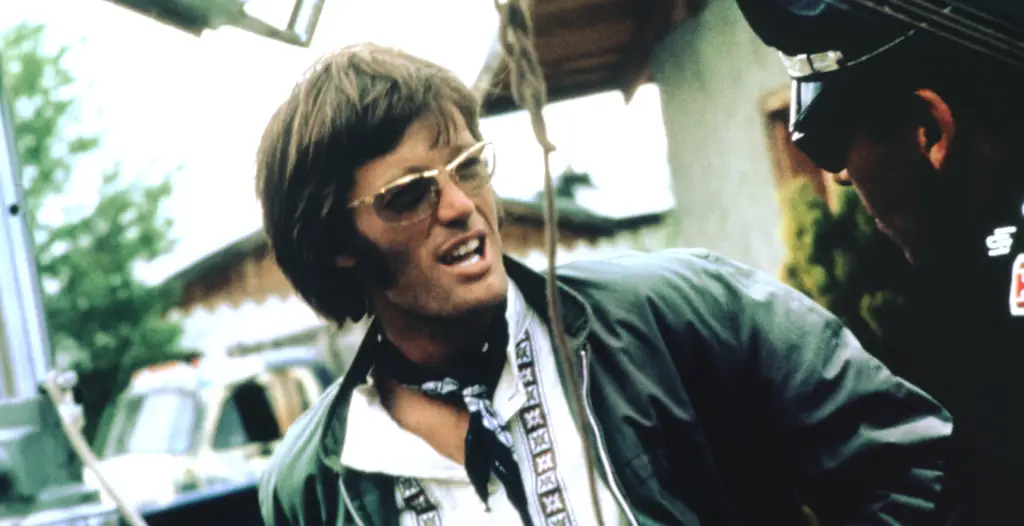
While Peter Fonda is best known for his role in the counterculture classic Easy Rider (1969), the film’s success became both a blessing and a curse. As the co-writer, producer, and star, Peter became a symbol of the rebellious spirit of the era. His portrayal of Wyatt, a freewheeling biker on a journey of self-discovery, earned him critical acclaim and a nomination for Best Original Screenplay.
Despite his talent and iconic status, Peter struggled to escape the shadow of Easy Rider. His subsequent films didn’t achieve the same level of success, and he eventually stepped back from leading roles. While he continued acting and directing in smaller projects, for many, he will always be remembered as the face of one of the most defining films of the 1960s.
4. Carol Lynley
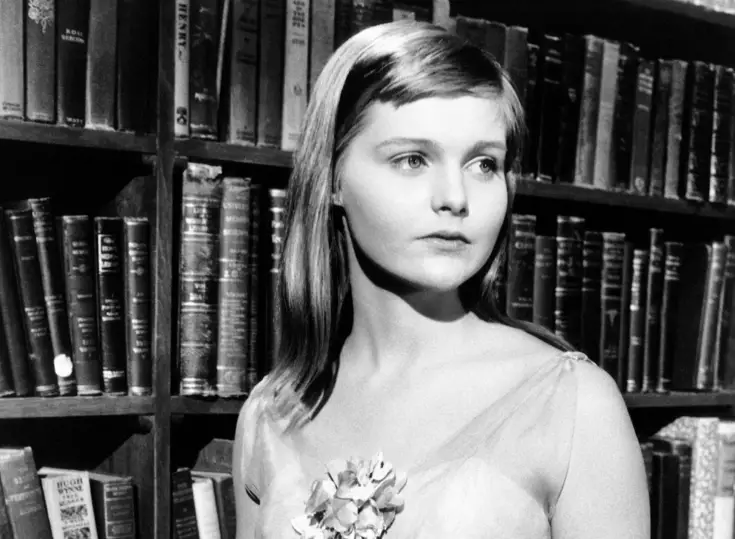
Carol Lynley made a splash in the 1960s with her performances in films like Blue Denim and The Cardinal. Her youthful beauty and dramatic range earned her roles in notable projects, and she quickly became a familiar face in Hollywood. She’s perhaps best remembered for her turn as Alison Parker in the supernatural thriller The Night Stalker.
However, Carol’s career began to wane by the late ’70s. While she continued to work sporadically in film and television, her star power faded, and she largely stepped out of the spotlight. For fans who remember her stunning performances in the ’60s, Carol remains a quintessential symbol of that glamorous era.
5. George Chakiris

George Chakiris skyrocketed to fame with his role as Bernardo in West Side Story (1961). His powerful performance earned him an Academy Award for Best Supporting Actor, and his dance moves and charisma captivated audiences. It seemed like George was poised for a long and successful career in Hollywood.
Yet after West Side Story, his career failed to maintain the same momentum. While he appeared in films like Diamond Head and 633 Squadron, he struggled to find roles as impactful as Bernardo. By the 1980s, George had largely retired from acting, leaving behind a legacy tied closely to one of the most iconic musicals of all time.
6. Pamela Tiffin
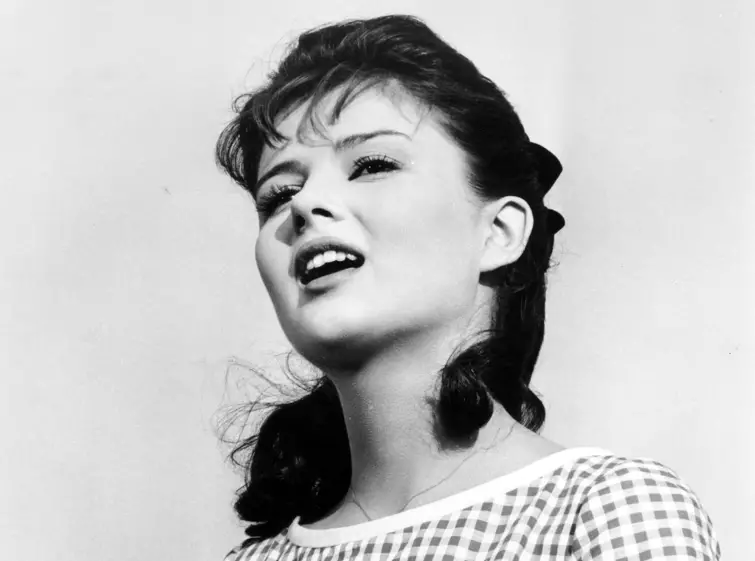
Pamela Tiffin burst onto the scene in the early ’60s, charming audiences in films like State Fair and One, Two, Three. Her girl-next-door beauty and comedic timing made her a standout in lighthearted fare, and she quickly became a favorite among fans and critics alike.
Despite her early success, Pamela’s career began to slow down by the late ’60s. She transitioned to working in Italian cinema for a time before retiring from acting altogether in the 1970s. For those who loved her bubbly screen presence, Pamela remains a fondly remembered star of a more carefree cinematic era.
7. Troy Donahue
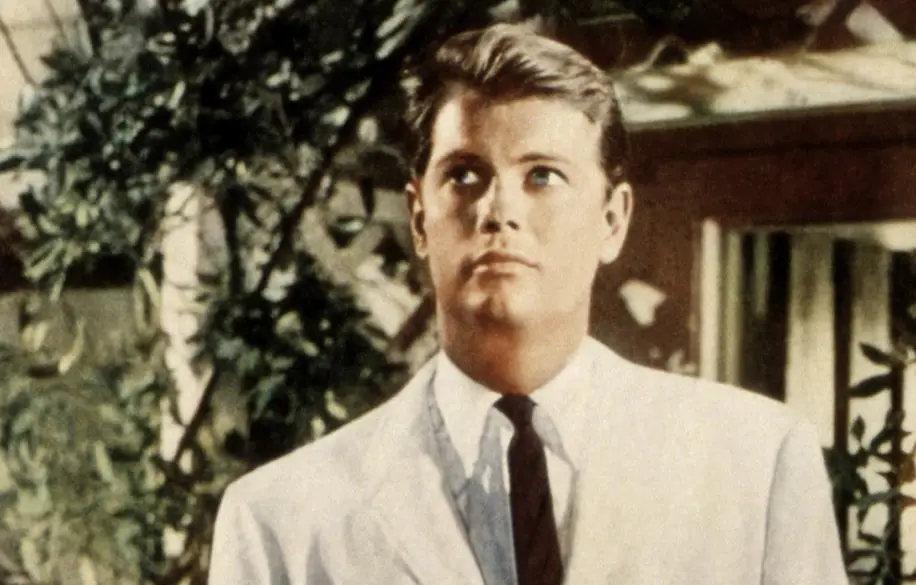
Troy Donahue was the quintessential matinee idol of the early ’60s, with his blond hair and striking good looks. Films like A Summer Place and Parrish made him a star, and his face was plastered across teen magazines. Troy’s image as the clean-cut heartthrob made him a favorite among young audiences.
However, as the decade progressed, Troy’s career faltered. The counterculture movement of the late ’60s left little room for his all-American image, and he found it difficult to adapt to the changing times. By the 1970s, his acting roles had dwindled, and he faded into relative obscurity.
8. Yvette Mimieux
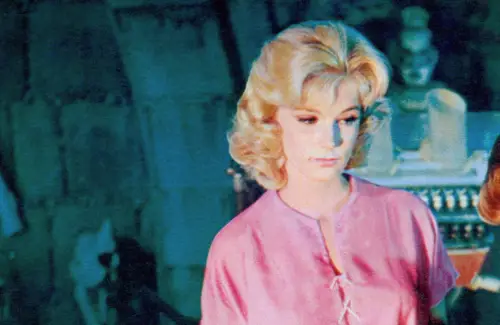
Yvette Mimieux became a star with her role in the sci-fi classic The Time Machine (1960), where she played the ethereal Weena. Her delicate beauty and graceful screen presence made her a favorite among filmmakers, and she went on to star in films like Light in the Piazza and The Wonderful World of the Brothers Grimm.
Despite her early success, Yvette’s career began to slow in the late ’60s. While she continued to work in television, she gradually stepped away from Hollywood. Her decision to focus on other interests, including art and real estate, left fans wondering what might have been, but her unforgettable performances in the ’60s have ensured her lasting legacy.
9. Barbara Parkins
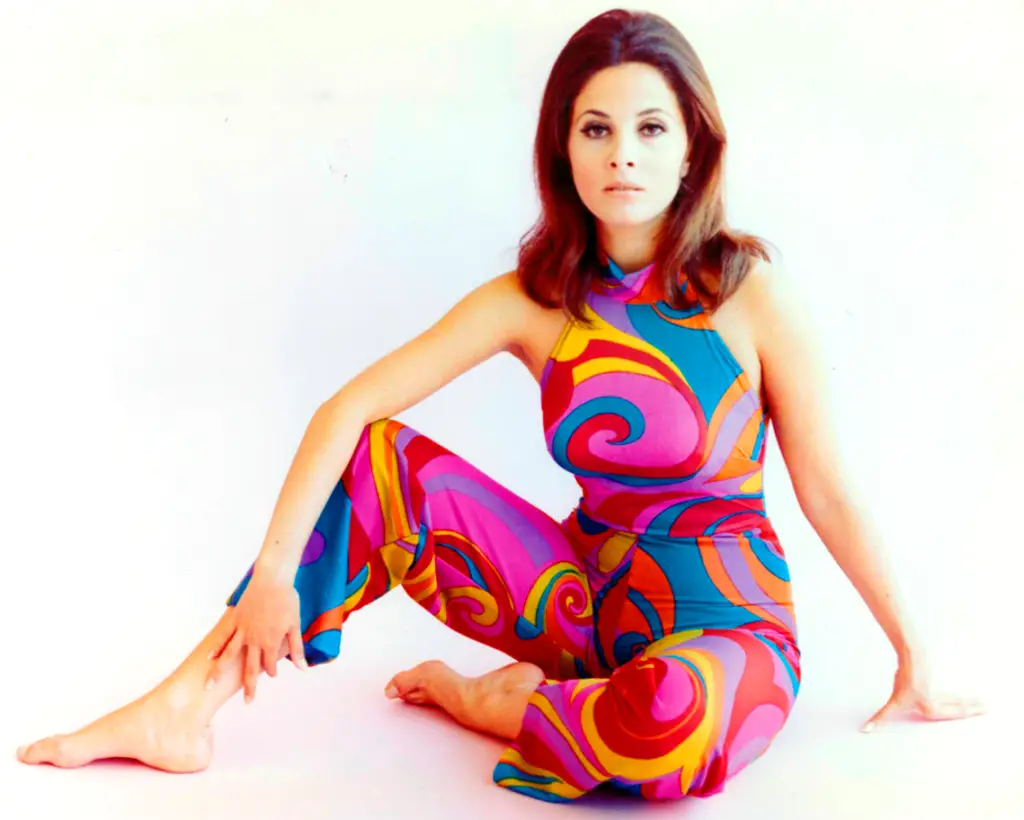
Barbara Parkins made waves in the cult classic Valley of the Dolls (1967), where she played the ambitious Anne Welles. Her role in the film, along with her work on the TV series Peyton Place, cemented her status as a star of the decade. Barbara’s elegance and poise made her stand out in a sea of rising talents.
However, the controversial reception of Valley of the Dolls affected her career trajectory. While she continued acting into the 1970s, she never achieved the same level of stardom again. For fans of the era, Barbara remains a glamorous figure who perfectly encapsulated the highs and lows of Hollywood in the ’60s.
10. Michael Sarrazin
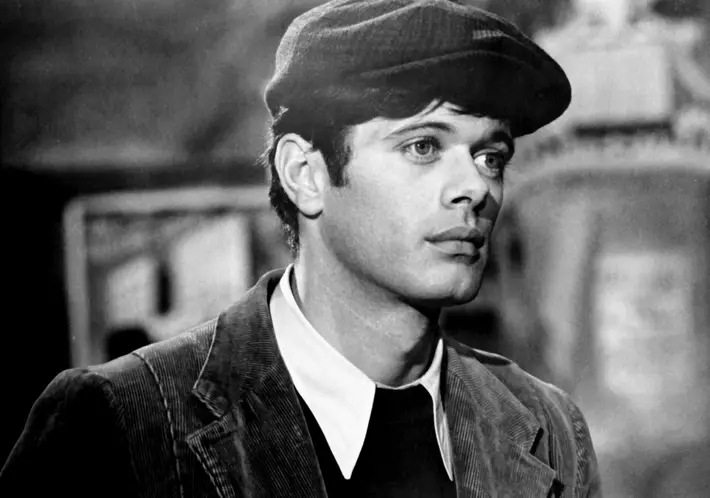
Michael Sarrazin became a star after his sensitive portrayal of a drifter in They Shoot Horses, Don’t They? (1969). His nuanced performance earned him critical acclaim, and his boyish charm made him a favorite among audiences.
Despite his promising start, Michael struggled to find roles that matched the impact of his earlier work. While he appeared in films throughout the ’70s and ’80s, he never regained his leading man status. For those who remember his breakout role, Michael Sarrazin remains a poignant reminder of Hollywood’s unpredictable nature.
11. Dolores Hart
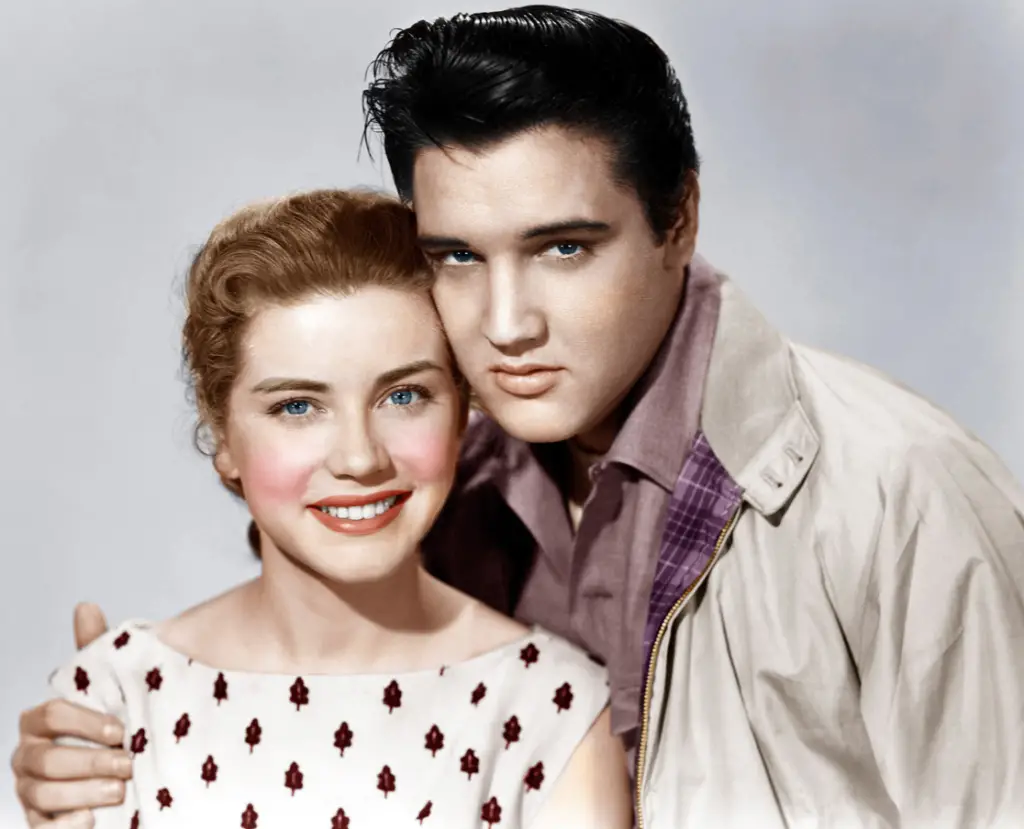
Dolores Hart seemed destined for Hollywood royalty after her memorable debut in Loving You (1957) opposite Elvis Presley. Her chemistry with Elvis and subsequent roles in films like Where the Boys Are and King Creole made her a darling of the silver screen. She possessed a radiant beauty and undeniable charm that made her an audience favorite throughout the late ’50s and early ’60s.
However, at the height of her career, Dolores shocked Hollywood by leaving it all behind to become a nun. In 1963, she joined a convent and eventually became Mother Dolores, dedicating her life to faith and service. Her decision to trade stardom for spirituality left fans stunned, but for many, she remains a fascinating figure who walked away from fame on her own terms.
12. Sal Mineo
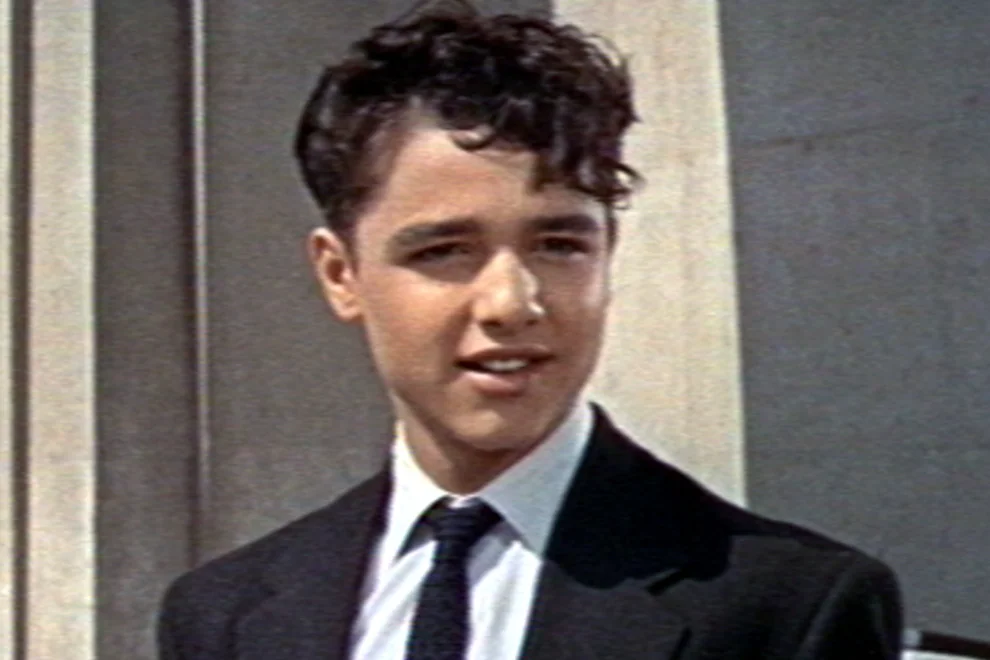
Sal Mineo earned fame and acclaim with his haunting portrayal of Plato in Rebel Without a Cause (1955), a role that garnered him an Academy Award nomination. He followed it up with memorable performances in films like Exodus, for which he earned a second Oscar nomination, solidifying his reputation as one of the most talented young actors of his generation. By the early ’60s, Sal was a household name, known for his brooding good looks and emotional depth.
Despite his early success, Sal found it challenging to transition into adult roles. The changing dynamics of Hollywood and his personal life made it difficult for him to reclaim his earlier momentum. Tragically, his life was cut short in 1976 when he was murdered, robbing the world of a talent that had so much more to give. For those who remember him, Sal Mineo remains an indelible part of Hollywood’s golden age and a poignant reminder of its fragility.
13. Tom Tryon
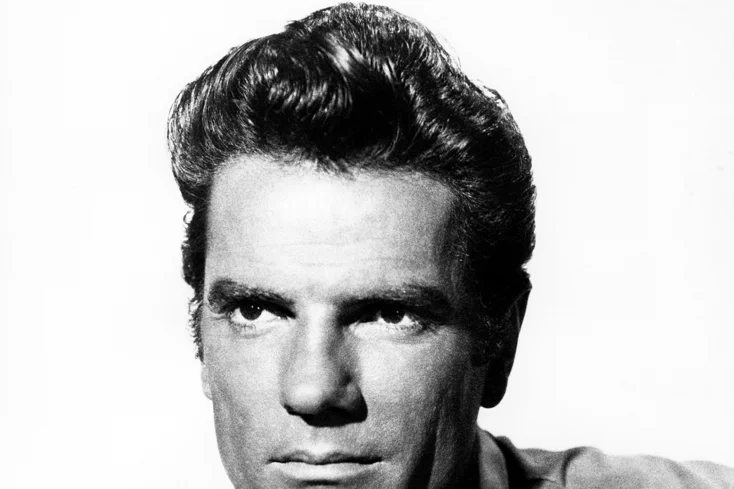
Tom Tryon started his career as a ruggedly handsome leading man, starring in films like The Cardinal and The Glory Guys. With his tall stature and classic good looks, he quickly became a sought-after actor in the early ’60s. His role in The Cardinal earned him critical acclaim and a Golden Globe nomination, suggesting a long career ahead in Hollywood.
However, Tom grew disillusioned with the film industry and decided to pivot to writing, a move that proved to be wildly successful. He penned best-selling novels like The Other and Harvest Home, which were later adapted for film and television. While his time as a movie star was brief, his literary achievements allowed him to leave a lasting creative legacy, proving there’s life after Hollywood for those willing to reinvent themselves.
14. Connie Stevens
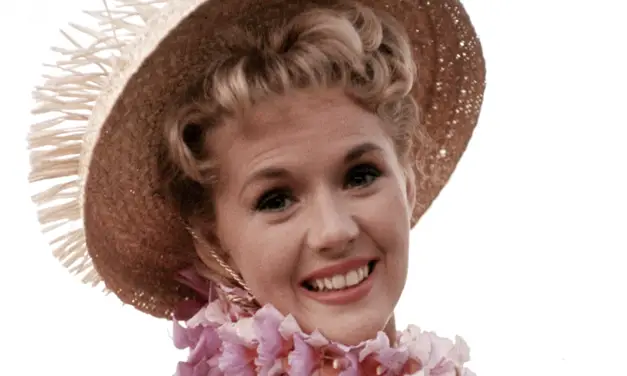
Connie Stevens charmed audiences in the early 1960s with her bubbly personality and roles in films like Parrish and Susan Slade. She also became a household name on television, starring in Hawaiian Eye and releasing pop hits such as “Sixteen Reasons,” which highlighted her sweet, youthful image. Her combination of acting and singing talent made her one of the decade’s most recognizable faces.
Despite her early success, Stevens struggled to maintain momentum in feature films. By the 1970s, she had shifted more toward television guest spots and live performances, eventually focusing on business ventures, including a successful cosmetics line. While her acting career slowed, she never completely disappeared, and for fans of the ’60s, she remains a beloved symbol of the era’s energy and charm
15. Richard Beymer
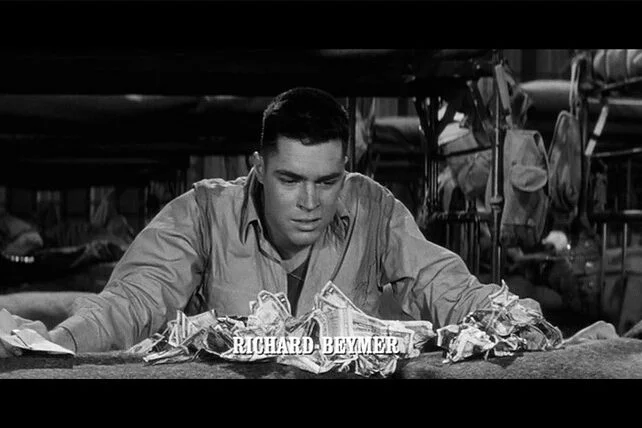
Richard Beymer is best remembered for his role as Tony in the landmark musical West Side Story (1961). His boyish good looks and tender performance opposite Natalie Wood made him an instant star. He went on to appear in films like The Longest Day, seemingly poised for a long Hollywood career.
Yet despite the high-profile start, Beymer never quite escaped the shadow of West Side Story. He grew disenchanted with Hollywood and turned his focus to photography, art, and behind-the-scenes work. While he later made a surprising comeback in Twin Peaks, his time as a movie star was largely confined to the ’60s, leaving many to wonder what could have been had he pursued more leading roles.
16. Tuesday Weld
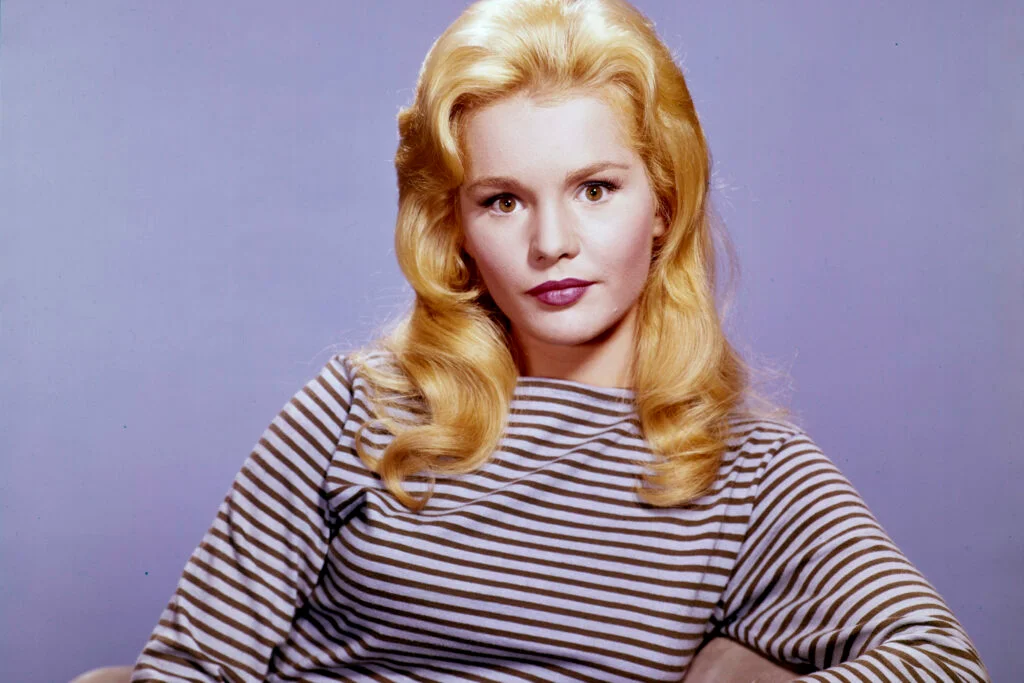
Tuesday Weld earned acclaim early in her career with films like The Cincinnati Kid and Wild in the Country. Known for her striking beauty and intensity, she seemed destined to become one of Hollywood’s brightest stars. She won a Golden Globe for Most Promising Newcomer and worked alongside some of the biggest names of the decade.
However, Weld was selective about her projects and often turned down high-profile roles that later went to other actresses. She preferred to keep Hollywood at arm’s length, prioritizing her personal life over chasing fame. While she continued working sporadically into later decades, her peak as a major star largely belonged to the 1960s.
17. George Peppard

George Peppard’s suave performance opposite Audrey Hepburn in Breakfast at Tiffany’s (1961) catapulted him into stardom. He followed it up with a string of roles in films like The Carpetbaggers and How the West Was Won, quickly cementing himself as a leading man of the decade. His smooth demeanor and good looks made him a favorite with audiences.
Yet Peppard’s career momentum slowed in the 1970s. While he never fully left the screen, his projects were smaller in scale, and his star faded compared to his earlier promise. He later found a second wave of fame in the 1980s on television with The A-Team, but for many, his golden years as a movie star were tied to the ’60s.
18. Stella Stevens
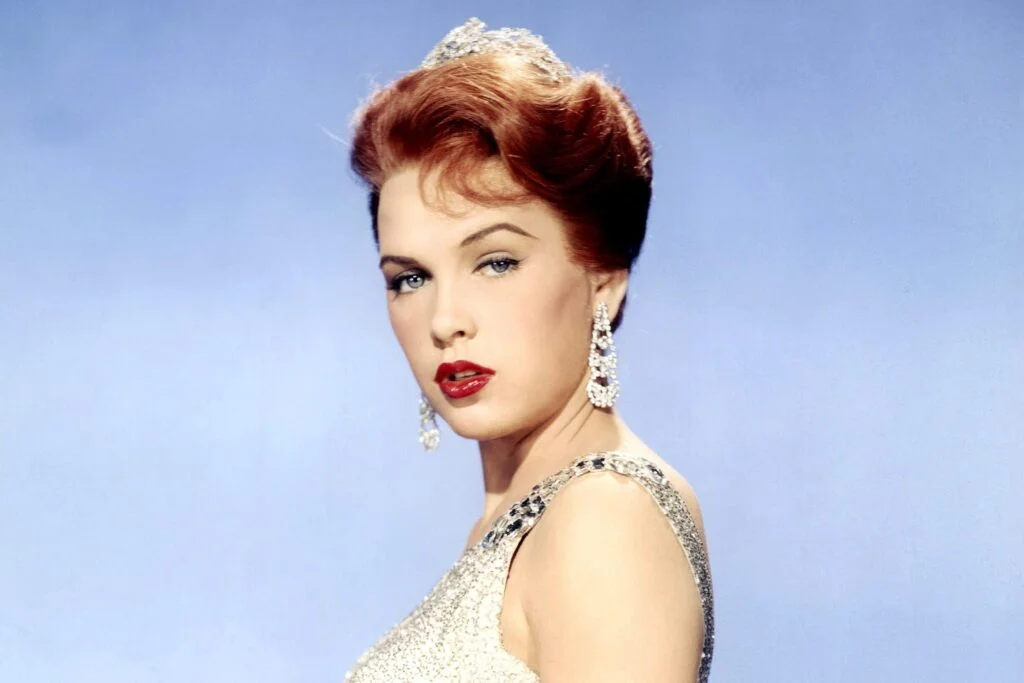
Stella Stevens burst onto the Hollywood scene with roles in films like Girls! Girls! Girls! opposite Elvis Presley and The Nutty Professor with Jerry Lewis. She was celebrated for her comedic timing and glamorous appeal, becoming a popular pin-up and one of the decade’s busiest actresses.
Despite her early prominence, Stevens’ film opportunities diminished as the 1970s progressed. She continued to work in television and low-budget productions but never again reached the same level of stardom she enjoyed in the ’60s. While her career never fully vanished, her biggest splash in Hollywood came during that vibrant decade
The 1960s were filled with stars who shone brightly, even if only for a short time. These actors left an undeniable mark on the decade, creating unforgettable moments that still resonate today. Though they eventually stepped out of the limelight, their brief time in the sun remains a treasured part of cinematic history. Which of these stars do you remember most fondly?


